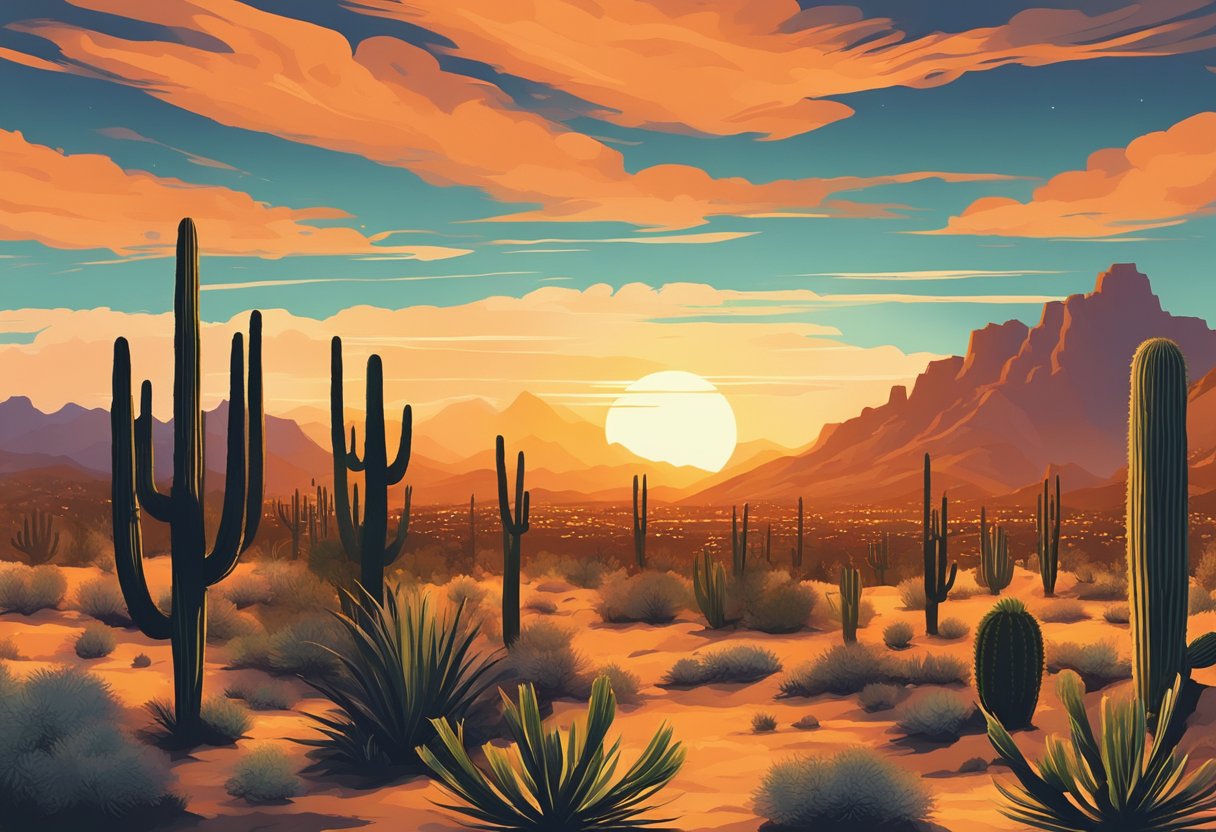The Sonoran Desert is a unique ecosystem that span across parting of California , Arizona , and Mexico . One of the most iconic features of this desert is the copiousness ofcactithat thrive in its arid conditions . These cacti have adapt to survive in the harsh desert environment and have become an significant part of the Sonoran Desert ’s ecology .
There are over 30 species of cacti that can be found in the Sonoran Desert , each with its own unequaled characteristics and adaptations . Some of the most placeable cacti include the saguaro , barrel , and prickly pear cactus . Thesaguaro cactus , in exceptional , has become a symbol of the American Southwest and can make heights of up to 50 feet tall .
Despite their prickly outside , cacti act as an important use in the desert ecosystem . They provide protection and food for a variety of animals , including shuttle and modest mammals . to boot , some cacti have medicative properties and have been used by endemic the great unwashed for century . Overall , the cacti of the Sonoran Desert are a absorbing and integral part of this unique and beautiful ecosystem .

Diversity of Sonoran Desert Cacti
The Sonoran Desert is home to a divers image of cacti , which have adapted to the rough desert environment . These cacti are known for their unique characteristics , such as their power to lay in water , their prickly spines , and their striking flowers . In this section , we will explore the diversity of Sonoran Desert cacti , including the Saguaro cactus and other striking cacti .
Saguaro Cactus
The Saguaro cactus , also known as Carnegiea gigantea , is one of the most iconic cacti in the Sonoran Desert . This cactus can grow up to 40 foundation improbable and can live for over 150 class . The Saguaro cactus is find oneself principally in southern Arizona and Saguaro National Park . It is make love for its distinctive shape , with arm that branch out from the main bole . The Saguaro cactus acquire red fruit and blossom in the belated natural spring and other summer .
Other Prominent Cacti
In accession to the Saguaro cactus , there are several other prominent cacti in the Sonoran Desert . The Prickly Pear cactus , also known as Opuntia , is a common view in the desert . This cactus has flat , paddle - shape leaves and produces colorful flowers in the bounce . The Barrel cactus , also known as Ferocactus , is another common cactus in the Sonoran Desert . This cactus is nominate for its barrel - like figure and produces yellow-bellied or ruby-red efflorescence in the spring .
The Organ Pipe cactus , also known as Stenocereus thurberi , is a grandiloquent cactus that can grow up to 20 feet tall . This cactus is named for its piping - like material body and produces white flowers in the summer . The Pincushion cactus , also known as Mammillaria , is a minor cactus that produces clusters of colourful flowers in the spring . The Teddy Bear Cholla , also recognise as Opuntia bigelovii , is a cactus with blurry spine that resemble teddy bear fur . The Jumping Cholla , also known as Cylindropuntia fulgida , is a cactus with spines that come off easy and “ start ” onto unsuspicious passersby . The Hedgehog cactus , also have a go at it as Echinocereus , is a small cactus that produces bright pink flowers in the spring .
Overall , the diverseness of Sonoran Desert cacti is impressive , with each species adapting to the harsh desert environment in its own unequaled manner . These cacti are not only fascinating to await at but also play an important use in the desert ecosystem .

Ecology and Adaptations
Surviving the Desert Climate
Sonoran Desert cacti have adapt to survive in the harsh desert clime , where temperatures can gain up to 120 ° F during the mean solar day and drop to below freezing at night . They have developed several adaptations to maintain water , such as having shallow rootage that spread out to trance as much moisture as potential and store water in their thick stems and pads .
These cacti also have adapt to the acute sunlight by having a waxy cake on their cutis that shine the sun ’s rays and reduces water loss through transpiration . They also have spines that render shade to the plant life and protect it from predator .
Reproduction and Growth
Sonoran Desert cacti reproduce through flowering and create fruit that are often edible . Some species have scandalmongering prime , while others have bloodless flush . These flowersattract pollinatorssuch as fowl and bee , which help oneself to fertilise the plant .
Cacti farm slowly , with some species take up to 15 days to pass maturity . They have rib on their stems that give up them to flesh out and contract as they take in and release urine . This growth pattern allows the cactus to go elongated periods of drought .
Cacti also have adapted to the desert ’s sandlike dirt by having deep roots that can pass on down to the water table . They also have a gel - like substance in their stems that can absorb water and nutrient when useable .
Overall , Sonoran Desert cacti have spring up a range of adjustment that set aside them to outlast in a harsh and unforgiving environment . These adjustment include water system conservation , protection from predators , and dull increase practice .